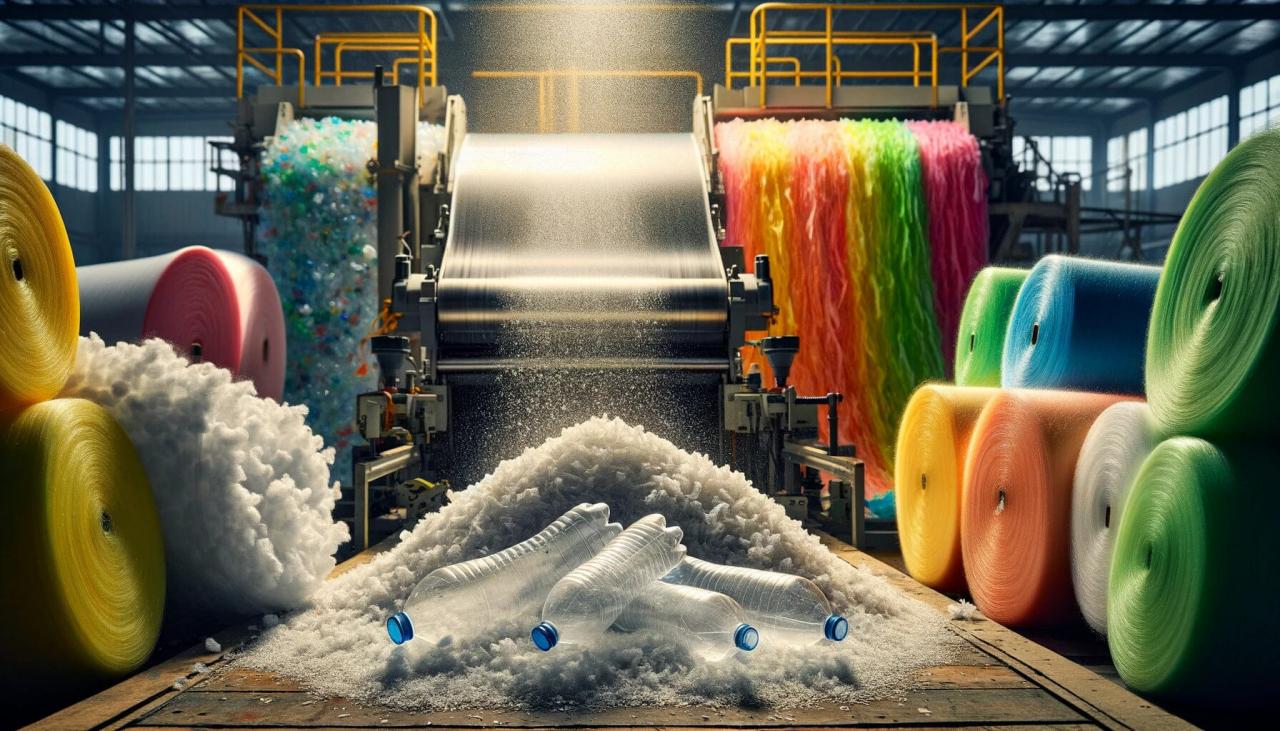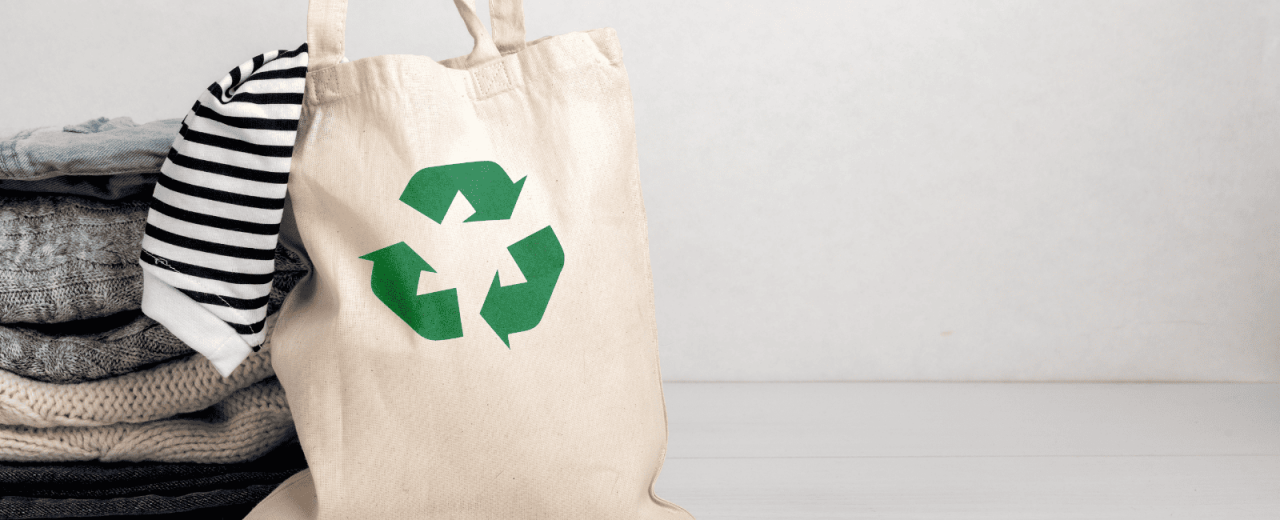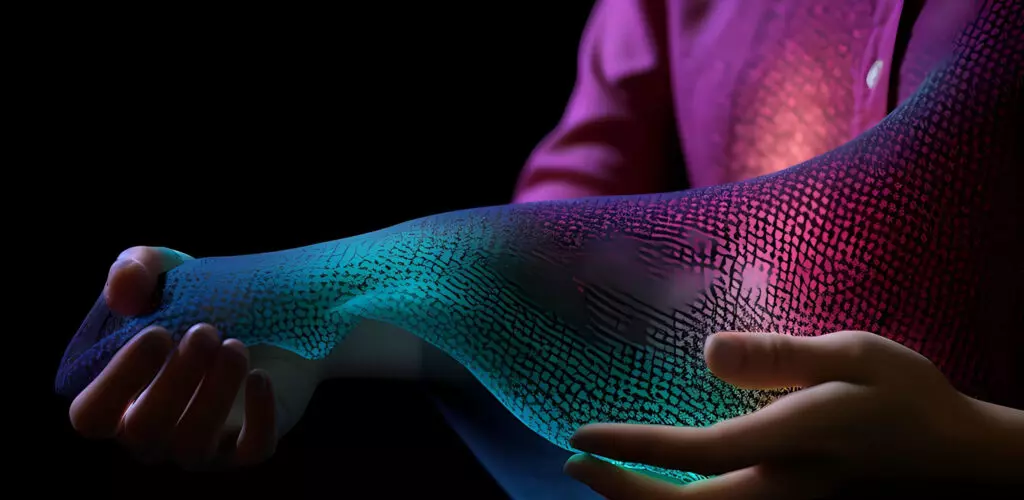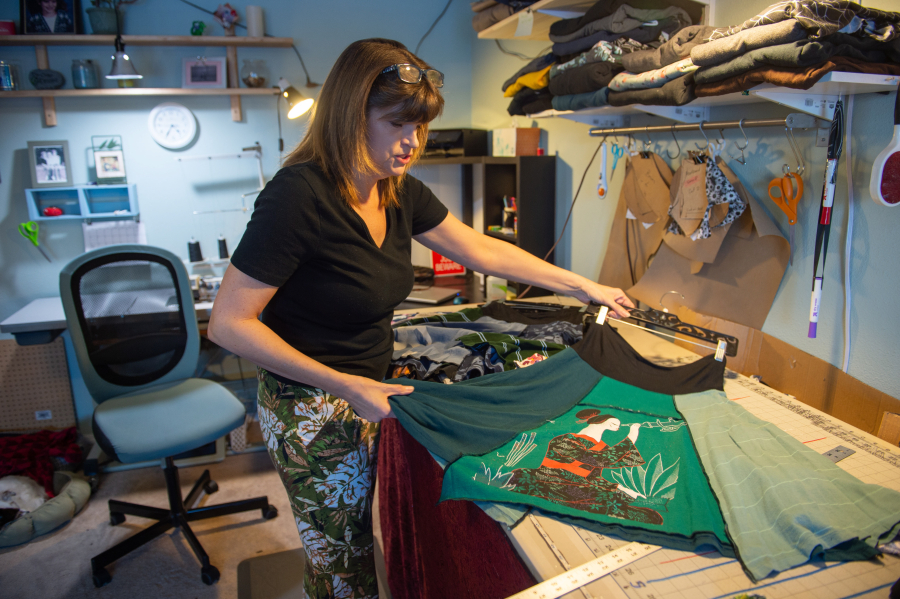Revolutionizing Fashion: The Next Chapter in Circular Recycling
Share

In a world where fast fashion dominates the industry, the concept of circular recycling is quickly becoming a game-changer. As consumers and brands alike seek more sustainable and ethical practices, the next chapter in fashion is revolutionizing the way we think about clothing and waste. Join us as we explore the innovative approaches and groundbreaking technologies that are paving the way for a more circular and environmentally-friendly future in the world of fashion.

– Redefining Fashion’s Impact: A Shift Towards Circular Recycling
The fashion industry is at a pivotal moment, facing increasing pressure to address its environmental impact. As consumers demand more sustainable practices, designers and brands are redefining the way fashion operates. Circular recycling is emerging as a key solution to combat the waste generated by the industry.
With circular recycling, clothing is designed with the end in mind, ensuring that materials can be easily disassembled and recycled. This shift towards a more sustainable model not only reduces waste but also minimizes the need for new resources. By repurposing materials and extending the lifecycle of garments, fashion can become more environmentally friendly.
Brands are embracing circular recycling as a way to differentiate themselves in the market and appeal to eco-conscious consumers. By prioritizing sustainability and transparency in their production processes, companies can create a positive impact on the environment and society. This shift marks the next chapter in revolutionizing fashion, paving the way for a more sustainable and ethical industry.
– The Rise of Sustainable Design: Transforming Fashion’s Future
In the ever-evolving world of fashion, sustainable design has emerged as a powerful force reshaping the industry. With an increasing awareness of the environmental impact of fast fashion, designers and consumers alike are turning towards more eco-friendly practices. Through the use of innovative materials, efficient production processes, and a commitment to circular recycling, the future of fashion is being transformed.
One of the key elements driving this change is the concept of circular recycling. Instead of the traditional linear model of take-make-dispose, circular recycling aims to keep materials in use for as long as possible, ultimately reducing waste and environmental harm. Designers are now incorporating recycled materials into their collections, creating stylish and sustainable pieces that are in line with modern consumers’ values.
By embracing sustainable design practices, the fashion industry is not only reducing its environmental footprint but also setting a new standard for innovation and creativity. From upcycling old fabrics to creating biodegradable garments, the possibilities are endless. As we continue to push the boundaries of what is possible in fashion, one thing is clear – the rise of sustainable design is revolutionizing the way we think about clothing and the future of our planet.
– Implementing Circular Recycling Practices: Key Steps for a Greener Fashion Industry
As the fashion industry continues to evolve, one of the key steps towards a more sustainable future is the implementation of circular recycling practices. By incorporating these practices into their operations, fashion companies can significantly reduce their environmental impact and contribute to a greener planet.
One of the first steps in implementing circular recycling practices in the fashion industry is to establish a comprehensive recycling program. This program should include initiatives such as collecting and recycling old garments, reusing fabric scraps, and partnering with recycling facilities. By taking these initiatives, fashion companies can ensure that their products have a second life and do not end up in landfills.
Another important step towards a greener fashion industry is to design products with recycling in mind. This means using materials that are easily recyclable, such as organic cotton, and avoiding the use of harmful chemicals. By prioritizing recyclability in the design process, fashion companies can create products that are not only stylish but also environmentally friendly.
In conclusion, the fashion industry has the opportunity to revolutionize the way we consume clothing by implementing circular recycling practices. By taking steps such as establishing recycling programs and designing with recyclability in mind, fashion companies can pave the way towards a greener future. Together, we can create a more sustainable fashion industry that benefits both the planet and future generations. In conclusion, the future of fashion lies in circular recycling. By embracing innovative methods and technologies, we can create a sustainable and ethical industry that not only reduces waste but also elevates creativity and style. As we move forward into this next chapter, let us strive to revolutionize fashion and pave the way for a brighter, greener future. Join us on this journey as we reshape the way we think about clothing and embrace a circular economy. Together, we can create a world where fashion is not just a statement, but a reflection of our commitment to the planet.







